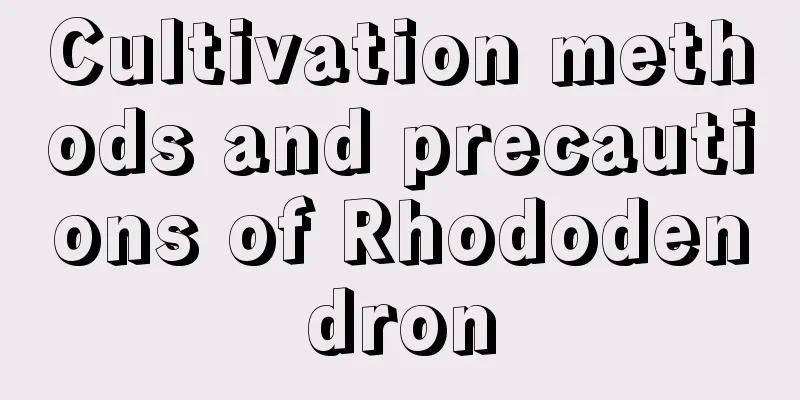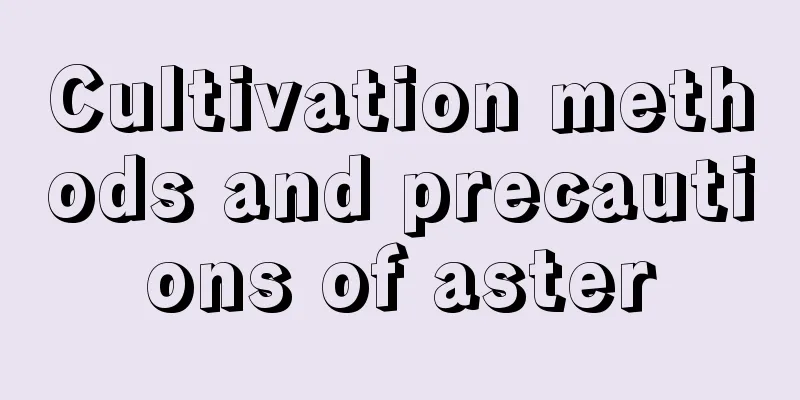Cultivation methods and precautions of Rhododendron

How to plant Rhododendron sabdariffaPlanting timeThe Rhododendron sabdariffa is a low-bulb plant, and its cultivation is mainly based on bulbs. Choose a suitable flowerpot according to the size of the bulbs. If maintained properly, the large bulbs can bloom in the same year. The planting time is usually in autumn. If you miss the autumn, you can store the bulbs in moist sand and wait until autumn to plant them. When planting plants, you should choose loose, fertile soil with good drainage. Poor soil quality can easily cause the bulbs to rot. Planting SpacingWhen planting, ensure a certain spacing, about 30 cm for large bulbs, 20 cm for medium bulbs, and 7~8 cm for small bulbs. Do not cover the soil too deeply after planting, 3 to 4 cm is enough. Cultivation method of Rhododendron sabdariffaEnvironmental requirementsThe Rhododendron sabdariffa is a wild flower in the north and is not that pretentious. After the bulbs germinate, pay attention to supplementing sunlight. Normal light does not require shading, and ensure more than 6 hours of light per day. Pay attention to the humidity. It should not be too dry or too wet. When the weather is fine, place the plant outdoors. Do not allow too much water to accumulate to avoid root rot. weedingAs a herbaceous flower, many small weeds will grow around the rhododendron, competing with the plants for nutrients. During the growing period, weed frequently and pull them out directly. During the seedling stage, the soil should be loosened frequently to ensure sufficient oxygen in the soil. However, in the later stage, when the rhizomes mature and the roots emerge on the soil surface, you must be careful when loosening the soil to avoid damaging the roots. Pest controlFrom April to May, the Rhododendron sabdariffa flowers will grow rapidly and gradually produce buds. During this process, it is easy to encounter underground pests such as cutworms and white grubs, which are difficult to prevent and control, so the bulbs must be disinfected and the roots can be irrigated with disinfectant every month during maintenance. Precautions for cultivating RhododendronDry in the sunThe red hollyhock likes a sunny and dry environment. Its roots are suitable for a cool environment and cannot be stuffy. A high temperature and humid environment can easily cause root rot. Pay attention to timely ventilation and loosen the soil frequently in summer. HibernationBulbous plants have a distinct dormant period. They bloom from June to July, the stems and leaves above the ground will gradually wither in August, and the above-ground parts will all die in September, at which time the bulb enters a dormant period. Take care to protect the bulbs, and replant them next year, and they will continue to bloom. |
<<: What kind of flower is the Rhododendron suffruticosa?
>>: Cultivation methods and precautions of Globe amaranth
Recommend
How long does it take for honeysuckle cuttings to take root and how long can they be transplanted?
1. How long does it take for cuttings to take roo...
The difference between white ginseng and American ginseng
1. Difference in appearance 1. Color: As the name...
What fertilizer to use for peppers
The fertilizer supplement should be mainly compou...
The meaning and symbolism of peaches
1. Good luck and longevity Peach is a common frui...
What is the reason for the leaves of dragon bone to turn yellow and fall off?
1. Solution to yellow leaves 1. Reduce watering: ...
What is the best month to plant corn?
When is corn planted? Corn is usually planted in ...
When is the best time to sow pyrethrum?
Suitable time for sowing pyrethrum Pyrethrum is a...
Is Schefflera suitable for indoor cultivation?
Schefflera is more suitable for outdoor cultivati...
When is the best time to sow Hami melon?
Hami melon planting time Hami melon, also known a...
Cultivation methods and precautions of rapeseed
1. Maintenance methods 1. Soil: Fertile, loose an...
Appreciation of the old pile of Ji Qiuli
Introduction to the old pile Crassulaceae is a su...
How to grow dianthus
1. Soil: Dianthus has a strong ability to adapt t...
What are the legends and meanings of Lycoris?
1. The flower language and meaning of Lycoris The...
Put this "humidifying flower" at home to prevent dryness in autumn and winter, and ensure you sleep well all night!
Hot weather humidifier - Monstera Monstera has a ...
Dendrobium's growth environment and local conditions
Dendrobium growth environment and conditions Dend...









